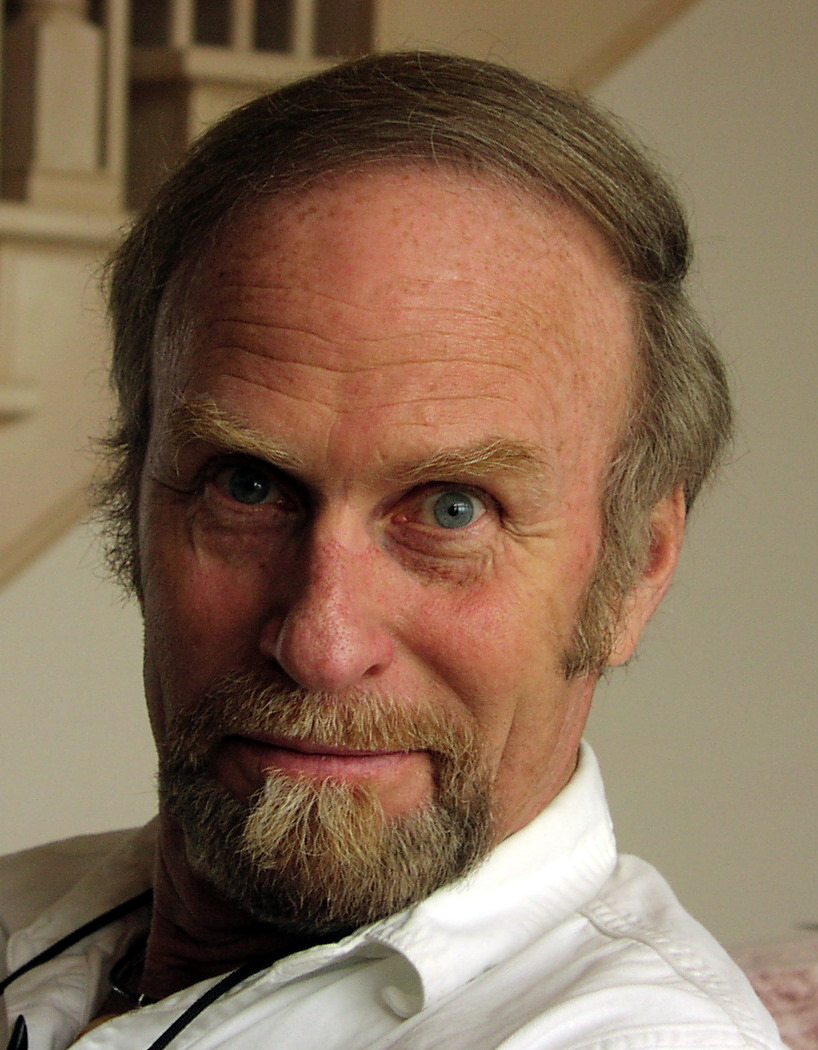"When you pick up a rock, you realize
it's hitched to everything else in
the universe."
John Muir
No matter how long you live in your own town, the time comes when you want to explore outside the city limits. Maybe something is more exciting out "there." At first, it may seem frightening. I cried the first time I flew to a foreign land. Each time however, it got easier. My interest was piqued because I grew confident that riding in exotic lands offered me special glimpses into cultures different than my own. South America exceeded my expectations.
Not only that, there is something amazing about sitting atop the saddle on your bike at the very top of South America and pointing it southward. You're on the front end of a grand adventure. Thousands of miles separate you from Tierra del Fuego a short hop from Antarctica. Along the way, you're in for some amazing life experiences.
"You know, this is what I came for," the mud covered bicyclists said. "This is the toughest riding of my life. What's even better is that I think it's going to get worse."
What he was talking about was a little known dirt track cutting through the Andes from LaPaz, Bolivia to Arica, Chile. It's called the El Camino Highway. It's rough, tricky, sometimes treacherous, and always challenging. Nearly 300 miles long, it starts out at 12,000 feet, rises to 15,500, and plummets to sea level. This dirt road crosses astounding Andean landscapes on its way to the Pacific Ocean. It's not for the faint of heart, nor for those whom need a sag wagon. This bicycle expedition is raw adventure. Few roads in South America equal this ride for pure serendipity.
Back home, friends and acquaintances bombarded us with reports of danger "down there." We would be gunned down by a drug cartel, or thieves would leave us marooned in the desert stripped of our clothes, save our underwear. I admit it, with all the press reports, I was concerned. Pedaling through Third World countries might be courting danger. I didn't show it to anyone, but I too was nervous. Washington has a special hot line to inform international travelers on the current risks in every region of the world. After talking with them about our intended route through South America, they advised us not to travel south out of Bogota, Columbia to Quito, Ecuador. Too much guerrilla warfare going on. No problem, we'll fly over that area. We hated the idea of stopping bullets with our tender bodies.
For the most part however, people in countries around the world, live quiet, routine lives. Except for a few hot spots, folks go about their daily living without much excitement.
We knew the route from Lapaz, Bolivia to Arica, Chile was mostly unpaved. It had altitude changes, severe weather patterns, and no medical facilities. Food and water contamination was a valid concern. A breakdown could end the ride for any one of us. We beefed up our bikes with 40 spoke rims, and bought the best racks available. Rain and warm weather gear along with spare chains and derailleurs were packed into our panniers. We could not find out about food supplies, so we carried six days of provisions. That amounted to 90 to 100 pounds of gear on each bike.
LaPaz, Bolivia, population one million, is a large metropolitan city located in a valley that resembles a huge football stadium sunk into a gigantic hole. The city is 1,000 feet below the altiplano. (The altiplano is a treeless, high altitude plain of land in Bolivia that averages 12,000 feet.) A four-lane expressway winds along the edge until it drops to the metropolis at the bottom. Two cultures exist. Third World misery inhabits the rim above the city, while order and relatively clean conditions prevail below. Dramatic snowcapped 21,000 foot peaks surround LaPaz. On a clear day, beautiful panoramas startle a first time visitor.
We spent four days in LaPaz. Toilets didn't work and water was contaminated. Buildings were in disrepair--not much different from any metropolitan city in the USA. Cars were run until they dropped dead in their tracks. Even then, they were resurrected like a cat with nine lives, with wire and tape, and pushed back onto the road until they died again--beyond any hope of a tenth life.
We pedaled out of the city. On a sunny summer day, it was cold. The Bolivians live their lives in a crisp, thin air environment. Evenings turn chilly with the setting sun. Native costumes reflect the need for warm clothing. We rode past women dressed in heavy wool dresses with multiple layers of sweater topped off with black fedora hats. Out in the middle of nowhere, these shepherds sat near a flock of sheep or llamas. Although they never initiated a greeting, they replied to ours. Their small children stared at us. One young boy began crying when we stopped to rest near him. His mother grabbed him into her arms for security. He had probably never seen touring mountain bikes, or people our size. Doug stands 6'4".
Bolivian men dressed in heavy wool pants and shirts. They wore ragged jackets but rarely a hat. Their jet-black hair, smooth dark skin and dark eyes fit the quietness of their demeanor. All the ones we passed were plowing or harvesting crops within stone fenced fields. Cows pulled one furrow plows and wagons had wooden axles and wheels.
(Note: You can view every article as one long page if you sign up as an Advocate Member, or higher).





